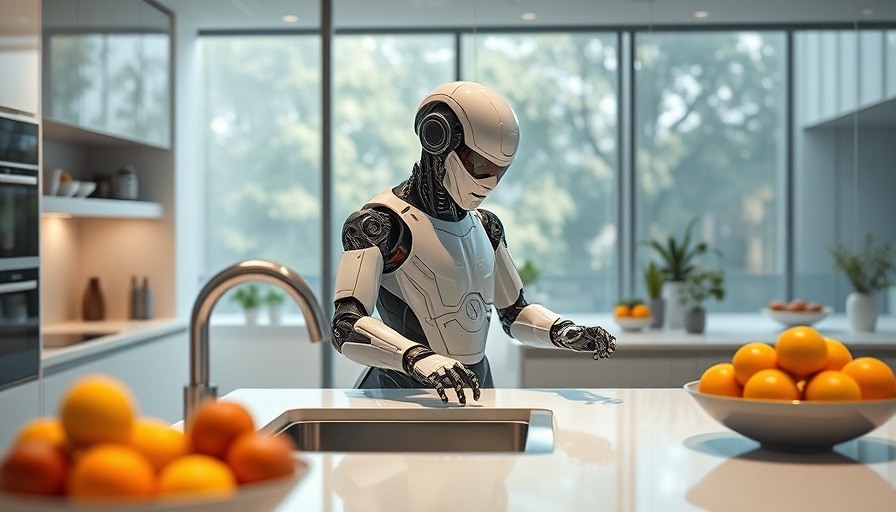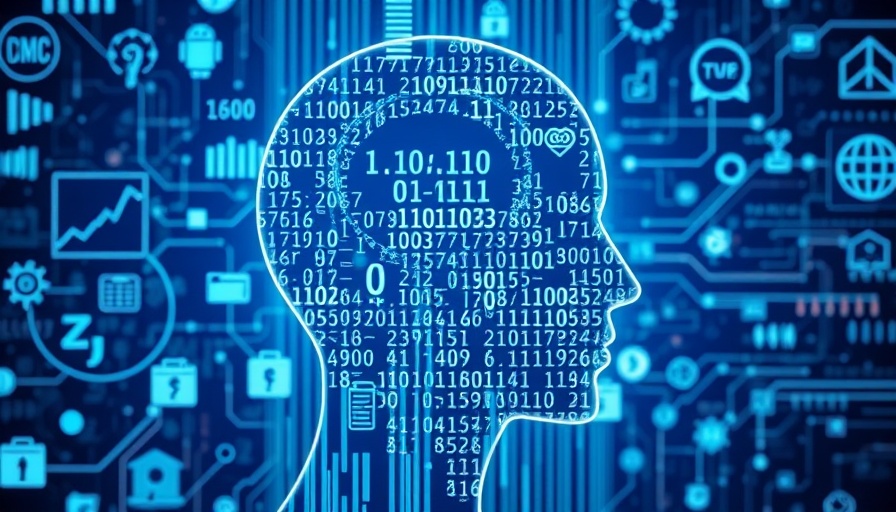
Ambitious Visions: Nvidia's Quest for the Omniverse
Nvidia's recent keynote at GTC 2025 has sent ripples through the tech industry, as CEO Jensen Huang shared bold ambitions for a trillion-dollar AI ecosystem fueled by unprecedented computing power. The term "AI factories" has emerged, referring to vast data centers housing millions of GPUs, where the very tokens generated could translate into significant economic value.
The Rise of AI-Driven Data Centers
The concept of AI factories is not merely grandiose; it encapsulates a transformative shift towards extreme parallel computing (EPC), weaving Nvidia's hardware with crucial software capabilities. Budget forecasts suggest that global capital expenditures in data centers could soar above $1 trillion by 2027 or 2029, with companies like Apple already committing substantial funds. Nvidia's Photonics switch systems indicate a future where these immense AI factories can scale rapidly, underpinning Huang's vision of a reality saturated with AI capabilities.
In the Company of Robots
A staggering assertion made during the keynote emphasized the potential transformation of $50 trillion industries through "Physical AI". This suggests that the future will be populated not just with AI but with humanoid robots—billions of them. Nvidia envisions a world where these robots are not just machines but intelligent entities continually learning on-the-job, evolving faster than ever before.
The Technological Foundations Behind Nvidia’s Vision
At the core of Nvidia's vision lies what they call the "Three Computers": a trio of integrated systems that encompass pre-training, simulation, and runtime applications. With continued partnerships—such as with Google DeepMind and Disney Research—Nvidia’s innovative framework positions it firmly as a leader in developing highly adaptable humanoid robots. The impending GR00T N1 humanoid robot, developed through collaboration with these tech giants, illustrates this commitment to innovation.
The Economic Implication of AI Domination
As Nvidia's CEO pointed out, the implications of AI expansion extend beyond technological toys. We're likely witnessing the dawn of machines that can think, learn, and adapt alongside us. This evolution raises both excitement and concerns about how far we can push these technologies and what it means for future job markets and ethical considerations.
Insights from Industry Experts on Nvidia’s Trajectory
Analysts anticipate that the shift towards extreme parallel computing will not only amplify Nvidia’s influence but also possibly create a data center market valued at $1.7 trillion by 2035. With Nvidia expected to account for a considerable share, their focus on hardware and seamless integration of software solutions positions them well against competitors.
Risks and Counterarguments in the Face of Innovation
However, competitors like AMD and Broadcom are not far behind in the race for GPU supremacy. Analysts caution that while Nvidia's lead appears solid, unforeseen market shifts and the emergence of effective open-source alternatives could alter the landscape dramatically. Acknowledging these risks is crucial for potential investors and business leaders looking to navigate this evolving terrain.
Conclusion: Embrace the Future of AI-Driven Innovations
The advancements orchestrated by Nvidia invite CEOs and business professionals to embrace the wave of AI-driven innovations shaping industries. Now is the time to reflect, adapt, and prepare organizations to integrate emerging AI technologies. Whether through investing in advanced computing infrastructures or exploring AI applications within businesses, the potential rewards of this new era are profound.
For those eager to stay ahead of the curve, engaging with these trends is essential. The technology landscape is evolving rapidly, and proactive steps now can lead to significant competitive advantages.
 Add Row
Add Row  Add
Add 




 Add Row
Add Row  Add
Add 

Write A Comment